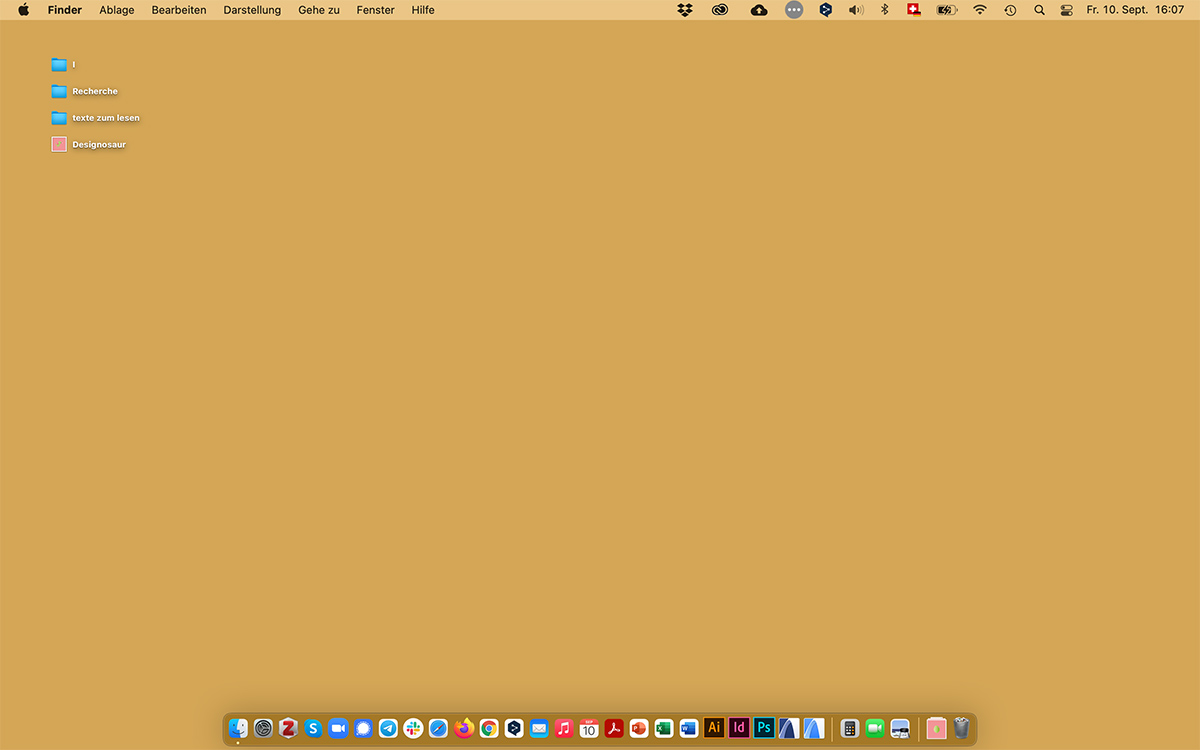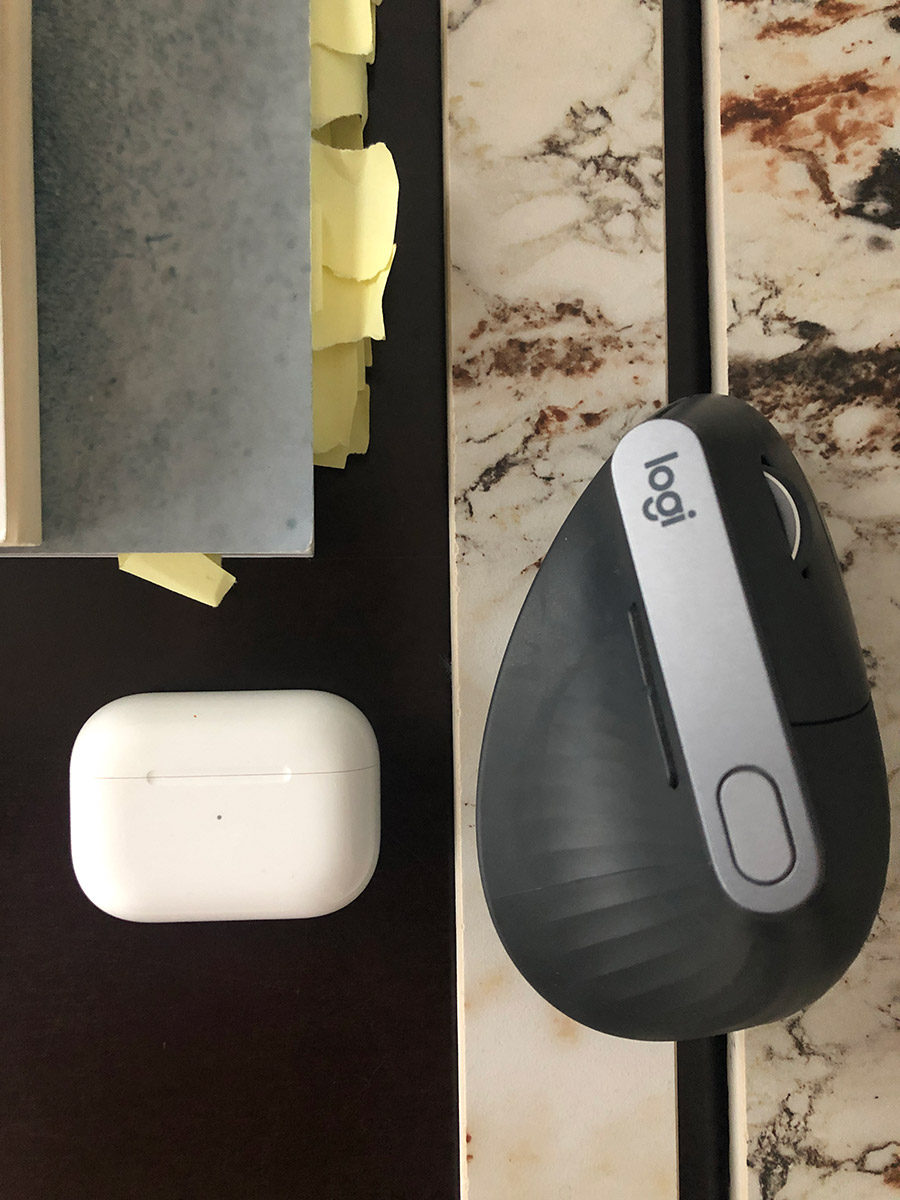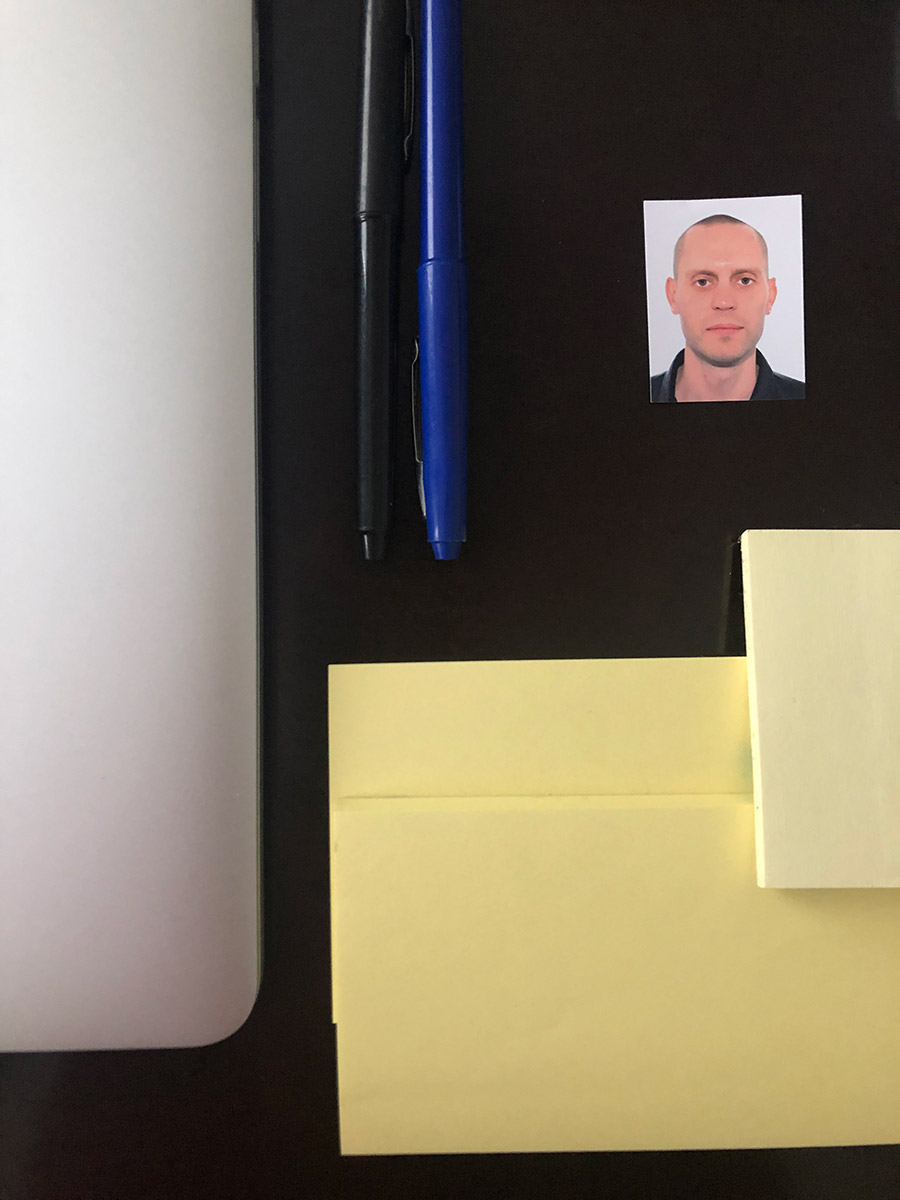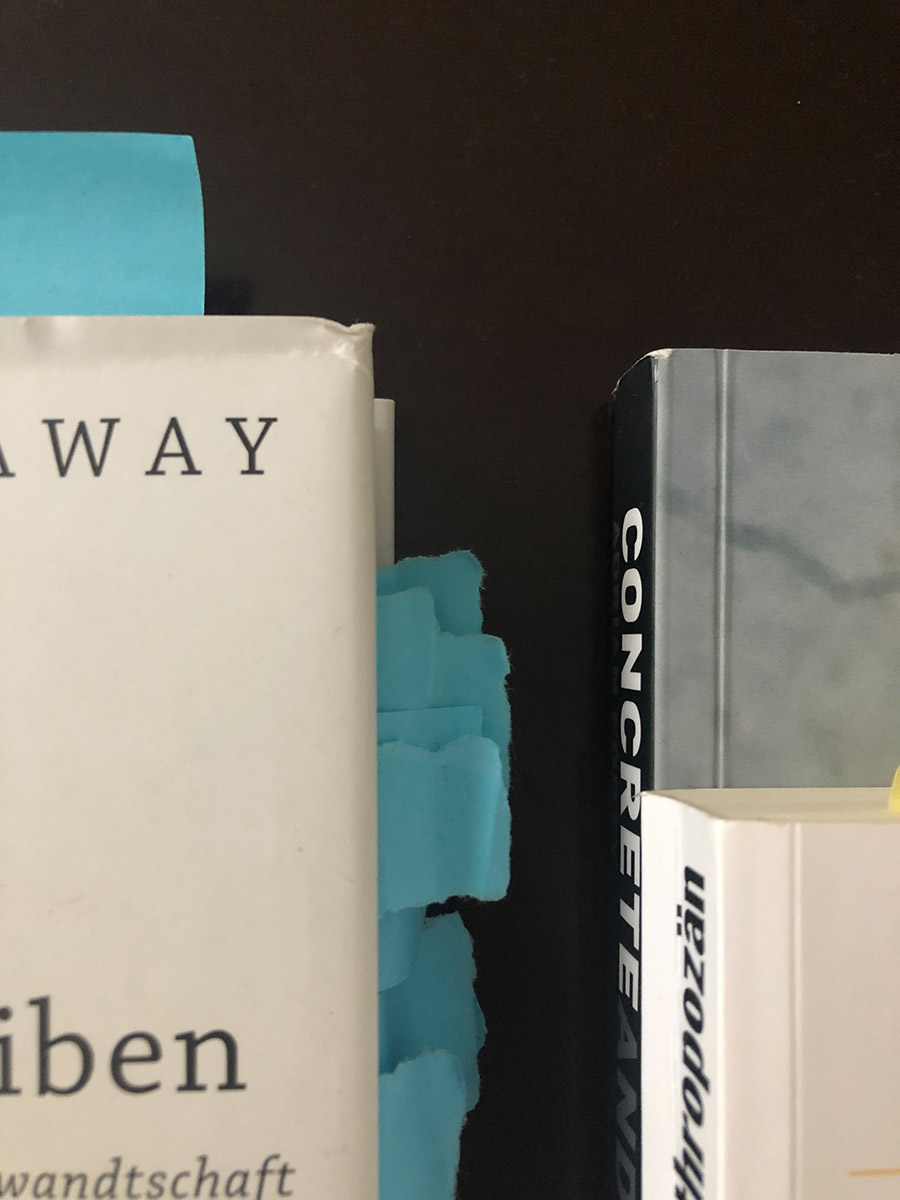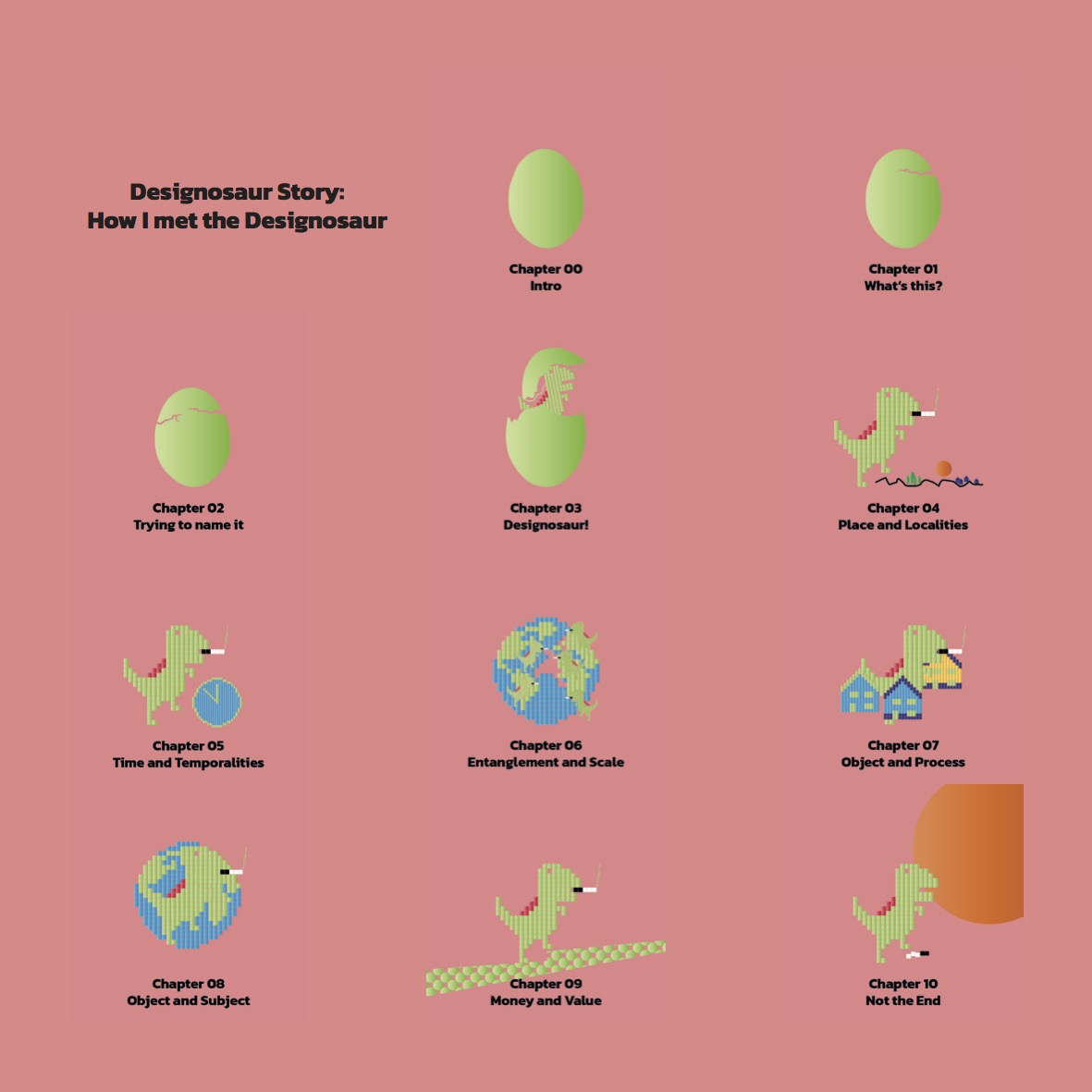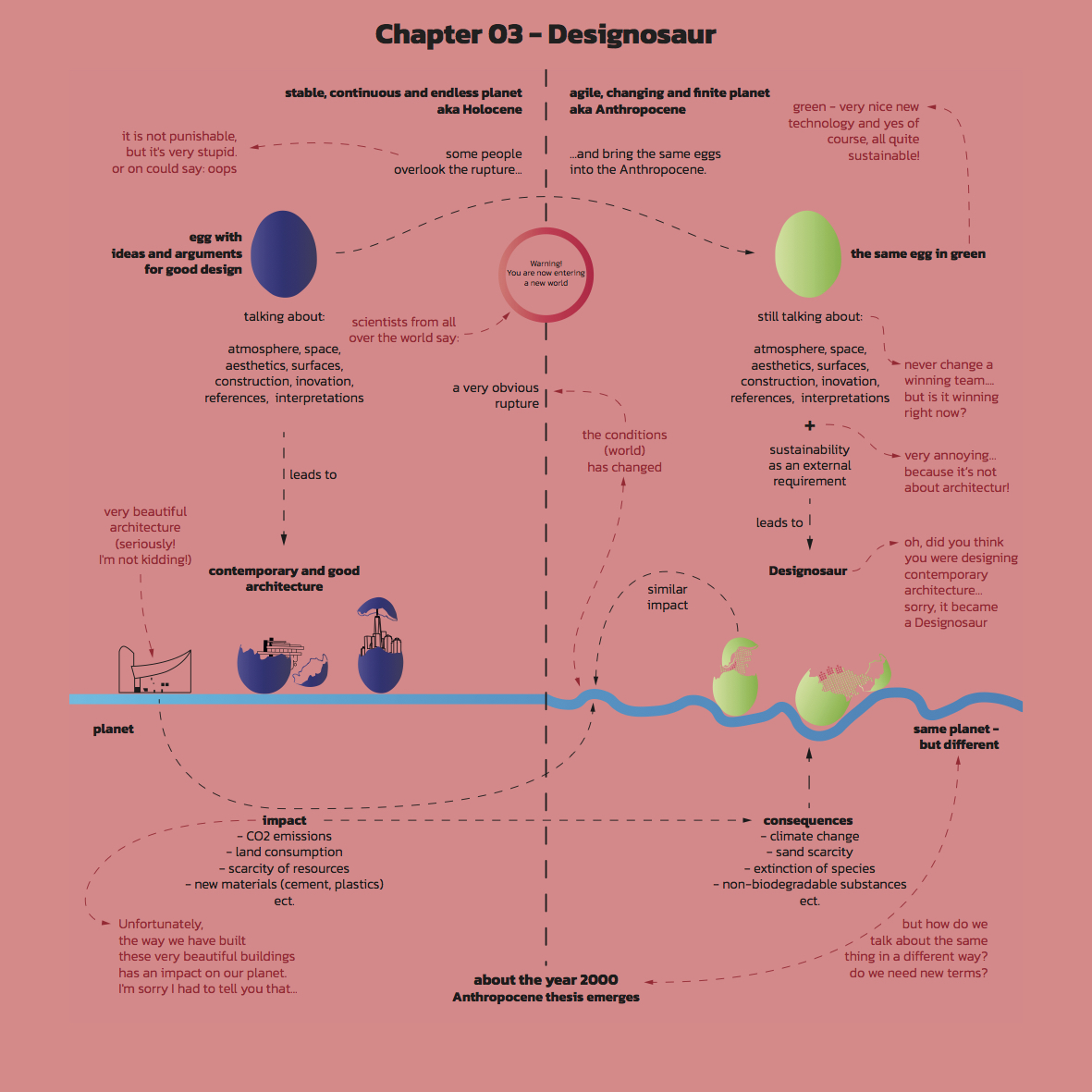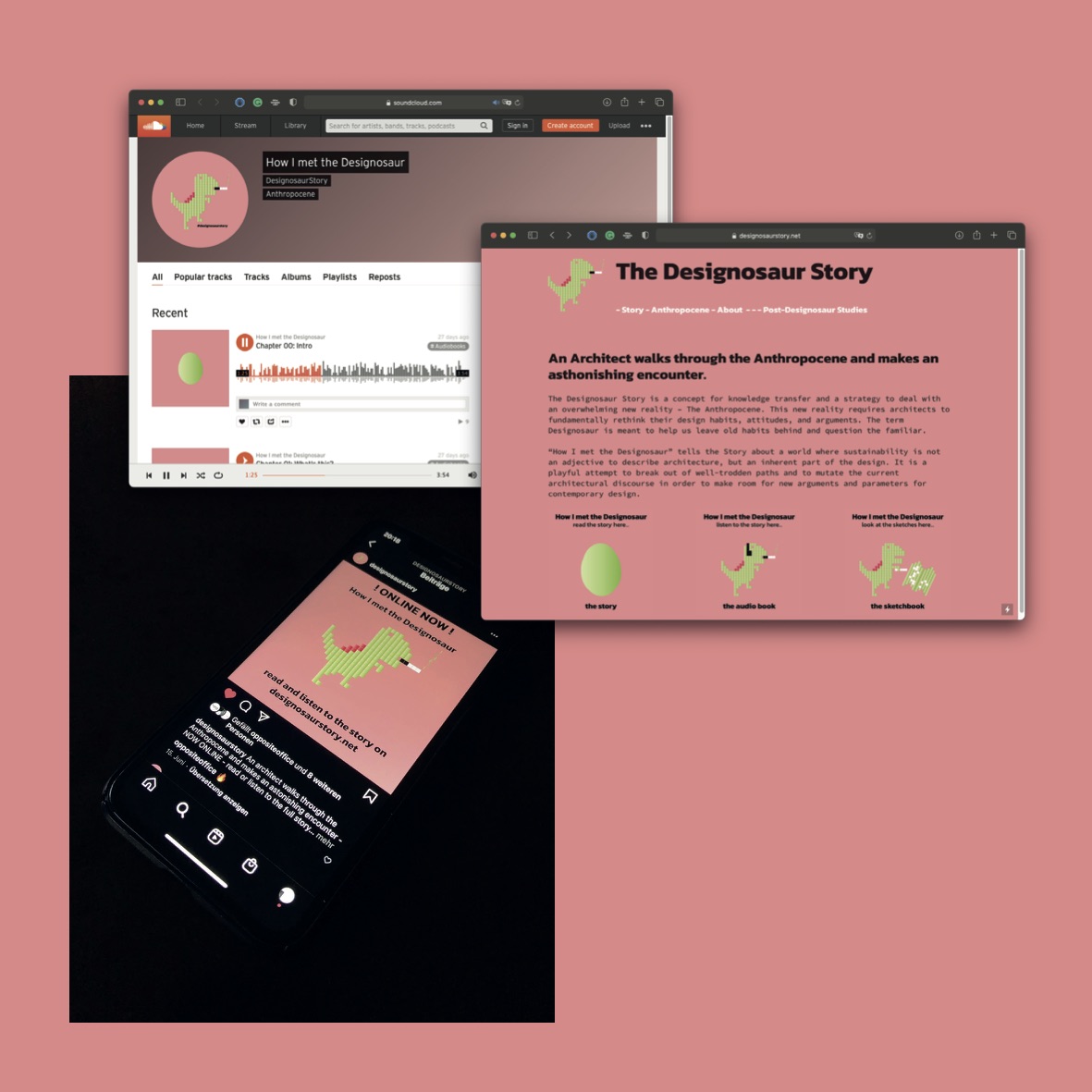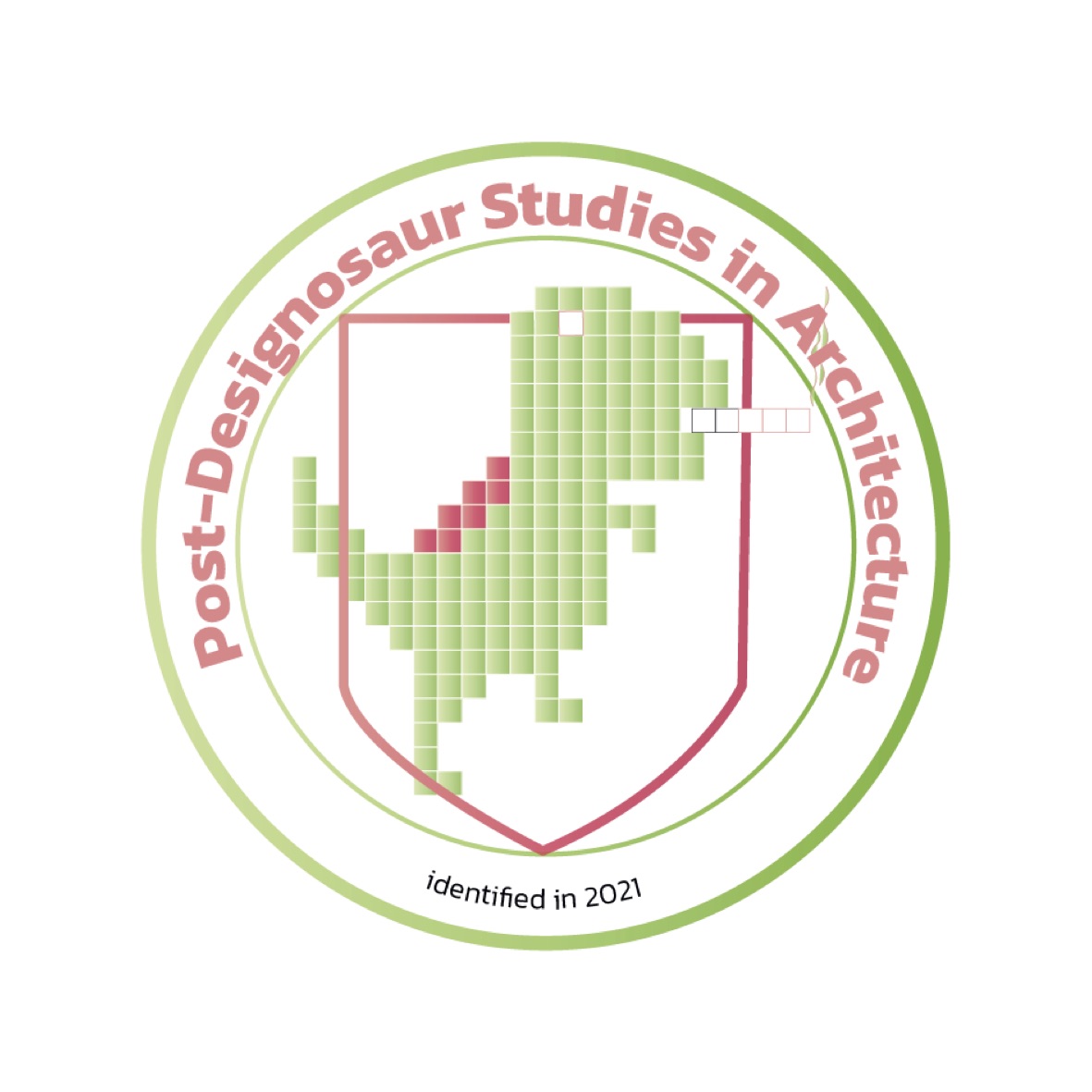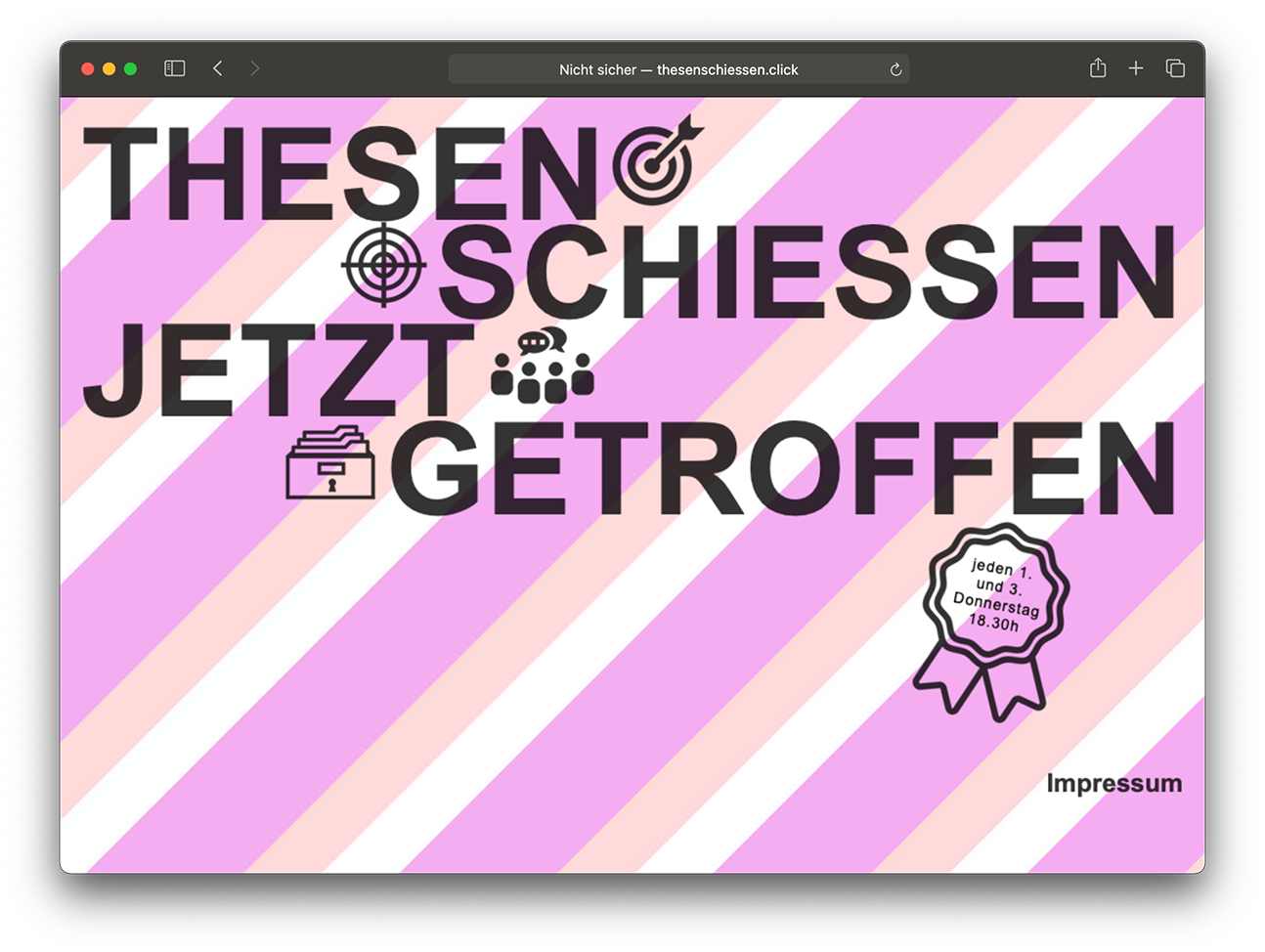21/035
Till Zihlmann
Master Student
Berlin
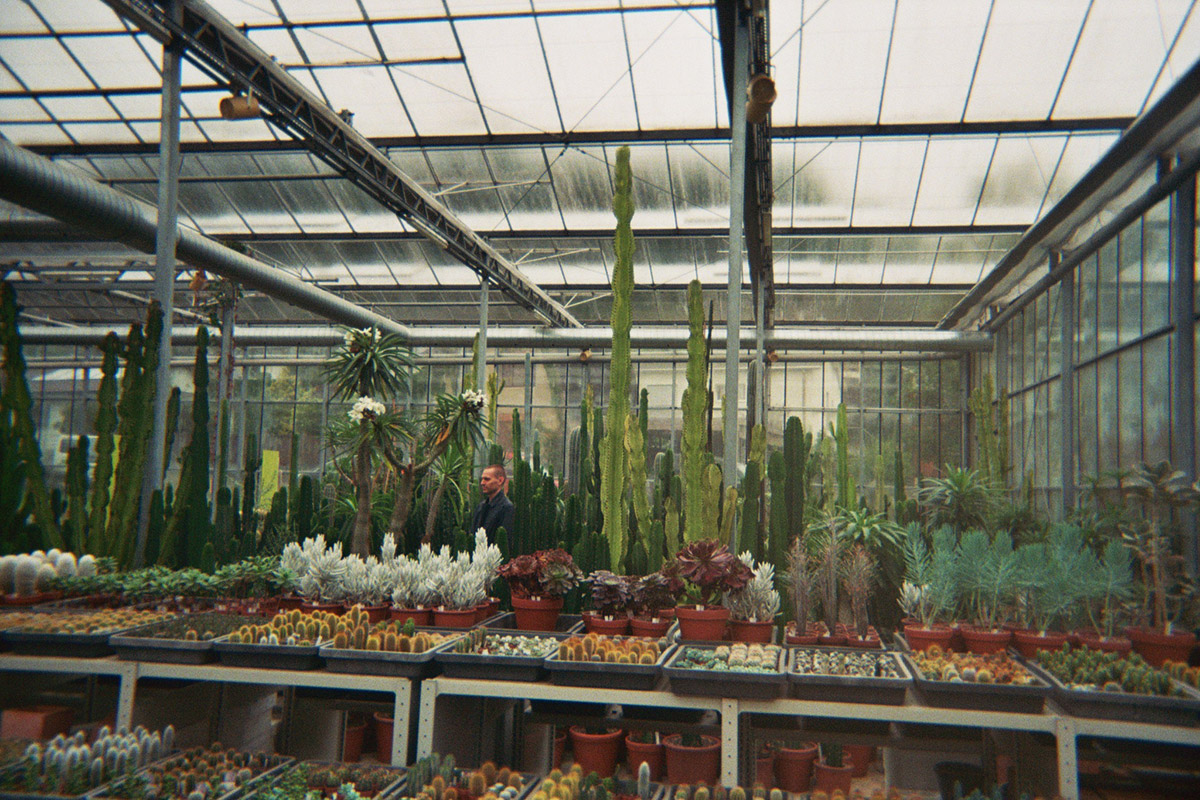
«I want us to question the objecthood (authorship) of architecture and talk more about the processes and changes those buildings are involved in and exposed to.»
«I want us to question the objecthood (authorship) of architecture and talk more about the processes and changes those buildings are involved in and exposed to.»
«I want us to question the objecthood (authorship) of architecture and talk more about the processes and changes those buildings are involved in and exposed to.»
«I want us to question the objecthood (authorship) of architecture and talk more about the processes and changes those buildings are involved in and exposed to.»
«I want us to question the objecthood (authorship) of architecture and talk more about the processes and changes those buildings are involved in and exposed to.»
Please, introduce yourself…
Hi, I’m Till! I was born in Switzerland and moved to Berlin a little over 10 years ago. This resulted in me not studying architecture at the ETH Zurich but at the UDK Berlin. After I graduated with a Bachelor’s degree, I no longer had any desire to study architecture. Instead, I worked for three years as an architect in implementation planning. During this time, I unsuccessfully applied for a Master’s degree at ETH Zurich, became aware of the climate crisis, renovated a bathroom and a roof (including a roof terrace and summer kitchen) and finally decided to start a Master’s degree at TU Berlin in 2019. The summer semester of 2021 I spent as an exchange student at the Royal Danish Academy in Copenhagen, in the Master's program Political Architecture: Critical Sustainability, where I wrote the Designosaur Story How I met the Designosaur.
Starting this autumn, I will write my master’s thesis at the TU Berlin. The title of my thesis is Post-Designosaur Studies in Architecture – A Practice between Utopia and Reality and yes, among other things, the Post-Designosaur Story is to be written. This semester I also had the opportunity to take on a teaching assignment within the team of Helga Blocksdorf at the Institute for Construction at the TU Braunschweig. There I am holding the seminar Breathable construction: Between Wall Construction and Antropocene.
What else is there to say: I like black turtlenecks and cats, love everything my brother cooks, own very few architecture books and hardly ever look at them, built a bathroom with fake marble (and I like it!), sometimes I dare to call myself a feminist and/or an architect. I’m trying hard to become both. Only a few months ago I became a member of Bündis 90/Die Grünen and only a few weeks ago I became an EU citizen. I can laugh at myself, but not about the condition of the planet or the climate crisis.
Portrait – Till Zihlmann
How did you find your way into the field of architecture?
Back then, when I moved to Berlin, I didn’t want to study architecture at all. I came to Berlin to study Theatre Studies and Art History. But I quickly realized that I should do something else. I wanted to design myself. In my eyes there were two options: Fashion or architecture. And there were three reasons why I chose architecture. First: I had no idea about architecture (except that I like to look at houses). Second: Only a few weeks before, I had received a DVD about Frank O. Gehry as a birthday present (I would love to say it was Peter Märkli, but it was Gehry). Third: It somehow sounded more serious to study architecture instead of fashion design. Since this decision came relatively spontaneously, I didn’t have much time to apply. Within a week, I had cobbled together my first portfolio. The fact that this week of drawing, tinkering, photographing and designing made me very happy has once more strengthened my decision to study architecture.
During my studies, my gaze quickly turned away from Gehry and towards Peter Märkli and Lacaton&Vassal. I was interested in questions of appropriateness, simplicity and social issues. And I was fascinated by floor plans and the life that can unfold in them. What I liked about architecture was that it was not only about beautiful things. The climate crisis and the resource issue have shifted my focus. You could say that my focus is now “sustainable architecture”, but I prefer to say that it is still just architecture. Because basically I am still concerned with the same aspects: Appropriateness, simplicity and social issues. What has changed is the background against which I ask this question.
What does your desk/working space look like?
Right now I work at home, therefore my flat is my studio. For now, I only need my computer, internet, some books and post-it notes.
For you personally, what is the essence of architecture?
For a long time, creating space for people was the main focus of architecture for me. I would continue to say that, although today I am increasingly concerned with the question of imprint and the inhabitants of the space which architecture creates. In recent years I have become more and more aware of how intertwined the two aspects space and imprint are. You can’t have one without the other. Quarries, metal mines, the riverbed, the forest, the landfill are the imprints of our homes, schools, streets, museums, etc. And all these places are inhabited not only by humans.
Therefore, for me, architecture is about creating appropriate spaces and imprints for animals, plants, fungi, in other words for the entire ecosystem (and yes, also for humans, who are, after all, part of the ecosystem).
I don’t know yet how I can do justice to this. But I’m trying to figure it out. The concept of the Designosaur, the “Designosaur Story” and the “Post-Designosaur Studies in Architecture” is currently my tool to work on the topic.
Name your favorite …
Book: Humankind – A Hopeful History written by Rutger Bregman
The thesis is that humans are intrinsically good. And that would change everything!
Person: Luisa Neubauer – She represents a generation, who does more, knows more and has more energy than my generation ever had. And I have a lot of respect for that!
Building: The one we haven’t built yet and may never have to build
… and the Barbican in London. And perhaps Alvar Aalto’s residential building in Berlin’s Hansaviertel.
Material: It could be concrete… if the manufacturing process did not affect our climate so badly, if the extraction of resources did not destroy habitats and if it was more recyclable. So maybe it’s wood.
Spatial Memory: There is a club. After you've been to the cloakroom, you go into a big hall. That's the first moment. You can already hear the music from upstairs, but you can't see anything yet. Only this impressive hall, which is often almost empty. In the hall there is a big metal staircase that connects the hall with the dance floor. Walking up these stairs is the second moment.The music gets louder and louder and the clanking of the steps on the metal staircase quieter and quieter. And when you reach the top, you are somewhere completely else.
How do you communicate/present Architecture?
With spoken and written word, humor and graphics. Always with the aim of illustrating different localities, temporalities, scales, latency and processes and showing their entanglement.
What needs to change in the field of architecture according to you? How do you imagine the future?
I think we should shift our gaze to the present – the Anthropocene – and try to review our ways of seeing and thinking. When we talk about architecture, we talk about spaces, atmospheres, urban design, references, technical solutions and innovations. This is all totally relevant for architecture, no doubt about that. But when we talk about “contemporary” architecture, we should also anchor it in the present. So, what do these terms mean in the 21st century? In a world where humans have become the dominant geological force.
I imagine a future in which we talk quite naturally about the localities and temporalities that architectural production entails. Where we are aware of the political, ecological, economic processes in which architecture is entangled and how architectural practice reproduces and scales them up. I want us to question the objecthood (authorship) of architecture and talk more about the processes and changes those buildings are involved in and exposed to. It’s about making architecture “contemporary” again – anchoring it in the Anthropocene. Sustainability is of course an important aspect of this. But sustainability must become an inherent aspect of architecture, not an adjective describing any kind of architecture.
The sad and challenging thing is, that our building culture contributes a lot the climate crises and the destabilization of the planet. Hence – and I see this as the good side of the story – we as architects can contribute a lot to solving the problem.
Imagine you have the power to change the world: If there were one thing you could change right here right now, what would it be?
From an architectural point of view: No more Designosaurs!
In other words: No more so-called contemporary buildings, which speak of high quality, sustainability and design skills, but don’t do justice to the present – the Anthropocene.
From a general point of view, I’d change the narrative of the “bad people”. We don’t have to change humankind… only the narrative about humankind (see Bregmann: Humankind, A Hopeful History)
What person/collective or project do we need to look into?
Fieldstations. Many of my thoughts have their origins in Lidia Gasperoni's seminar at the TU Berlin and the format Fieldstations, which she co-creates.
If there were one skill you could recommend to a young architecture student to study in depth at architecture school: what would it be and why?
The ability to recognize where you need to design to create identities and atmospheres and where you can just leave it as it is or trust in the work of others.
Project 1
Designosaur Story – “How I met the Designosaur”
The project has its origins in various discussions with architects about sustainable building processes. It was striking that there were arguments for sustainability and arguments for architecture – as if sustainability and architecture were two opposites. As if you had to make architectural compromises if you wanted to build sustainably. WTF?
The building industry, and thereby also “architecture”, is largely responsible for the fact that we are talking about the Anthropocene thesis and the climate crisis. So, what kind of building culture is to be saved or preserved? What architectural values do we have to protect from “sustainability”? Architecture is justified with arguments such as atmospheres, urbanism, durability, robustness and simplicity, and with a view to references from the past. Yet these terms are often not anchored in the Anthropocene but stand for “pure architecture” untouched by the present.
But what do all these terms mean when our actions have become the dominant geological force? Building in the Anthropocene may not only mean that a construction industry has to reinvent itself or that new products and processes have to be developed. It also means that architects have to reinvent themselves. Looking at our building culture, at our role models and references, idols and icons, and so also at our own practice, we have to look through a veil of CO2 emissions, overexploitation of the planet and piles of hazardous waste.
When we talk about sustainable architecture, it cannot only be about life cycle calculations, recycled concrete and insulation. These are only the instruments we use to produce architecture. We also need to talk about what spaces, atmospheres and appearances are appropriate for our time – the Anthropocene. And we should also talk about whether building is still appropriate at all.
From this circle of thought the Designosaur Story How I met the Designosaur emerged. The story is about so-called contemporary architecture, the proposal to call most contemporary architecture Designosaur and about five terms – locality, temporality, process, scale and entanglement – to anchor our discussion in the Anthropocene. It is an invitation to take a different perspective on architecture and a personal strategy to reflect on familiar arguments and cherished images. Thus, also confronting one’s own habits of seeing and thinking.
The past 11'700 years, the wonderful Holocene, can no longer be considered our background. In order to be able to design climate-appropriate and thereby contemporary architecture, we also have to understand why we haven’t achieved such architecture for so long. The Designosaur Story is neither a solution nor an answer. It is much more a practice to deal with the past and the present. The goal is to create a foundation on which the utopia can stand. Under the label Post-Designosaur Studies in ArchitectureI would like to continue this path. I invite everyone to join me in using, supplementing and sharpening the tools and the vocabulary of the Post-Designosaur Studies in Architecture.
You find the story on postdesignosaurstudies.net/designosaurstory as text and as an audio book. Under “Sketchbook” you will find additional diagrams for almost every chapter.
https://designosaurstory.net
Project 2
Thesenschiessen
Thesenschiessen is a format that was founded about a year ago by Ruben Beilby, Ove Jacobsen and me. We felt the need for a low-threshold format to share thoughts with others about the climate crisis and sustainable building. We realized that it’s helpful to see that you’re not alone with your own questions. Thesenschiessen takes place online every two weeks. Each time, someone else from the group gives a short input and then we discuss it. The idea is not to present ready-made concepts or theories, but to share a thought, a question or an insight. Currently we are about 5-10 people from a pool of about 20.
Thesenschiessen understands architecture as a cultural practice: the creation of spaces is central and at the same time a form of expression of society, ideas, politics and technology. Architectural practice is always about the here-and-now. The climate crisis is here and it is now and it demands radical change. Building in a way that is socially fair, economical and durable, while creating atmospheric spaces, does not contradict climate-neutral building. When we talk about technical solutions, other building materials, standards and regulations, we also have to talk about what architecture can do and what it does – and about what we want. Sustainable and climate-friendly building is not a goal in and of itself. Architecture that does not stand up for climate justice is not contemporary.
Every thesis is under the sign of architecture and sustainability. No matter whether it is a building, a new product or material, a political decision, an experience from one’s own practice or theory – all inputs are welcome. The point is not to present a finished theory or research, but to discuss contents, ways and ideas together. What is on your mind? Where do you get stuck? Have you had an insight? Sharing thoughts instead of hoarding them is the motto. Thinking together is the goal.
www.thesenschiessen.click
Website: postdesignosaurstudies.net
Instagram: @designosaurstory
Photo Credits: © Till Zihlmann
Interview: kntxtr, ah + kb, 11/2021

